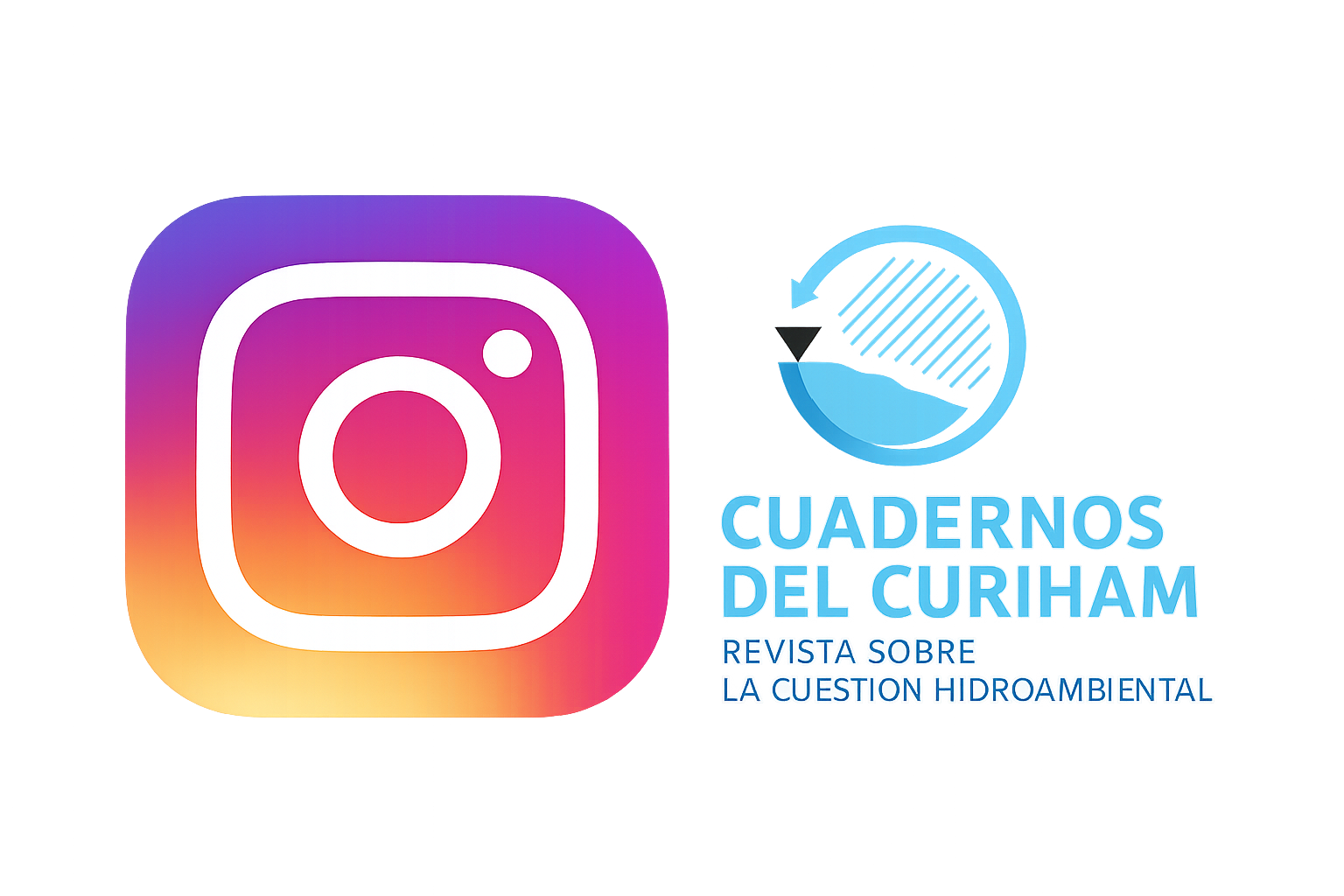Environmental impact of direct wastewater discharges on water sources:
case study Tona Santander
DOI:
https://doi.org/10.35305/curiham.v27i.163Keywords:
Wastewater, Environmental Impact, Water sourceAbstract
The objective of the present study was to evaluate the affectation of biotic, abiotic and demographic environment caused by the generation and discharge of domestic wastewater without adequate treatment on water sources. Analysis of the parameters COD, BOD, Total Suspended Solids, Dissolved Oxygen, Oils and Fats were carried out in the discharge. This was carried out to check compliance with the current Environmental regulations Resolution 0631 of 2015, in the same way the biodegradability index was investigated, where it was shown to be poorly biodegradable. Finally, an identification and evaluation of environmental impacts of the components of the environment with respect to the daily activities carried out in the municipality was carried out, and in this way the magnitude and impact on the environmental resources of the municipality of Tona Santander were determined.
Downloads
References
Arboleda, J. (2008). Manual para la evaluación de impacto ambiental de proyectos, obras o actividades EIA. Medellin. Obtenido de https://bit.ly/2OZikJt
Ardila, A. N., Arriola, E., Reyes, J., Berrio, E., y Fuentes, G. (2016). Mineralización De Etilenglicol Por Foto-Fenton Asistido Con Ferrioxalato. Rev. Int. Contam. Ambie, 32(2), 213-226.
IDEAM. (2007). Toma de muestras de aguas residuales. Bogotá D.C: Instituto de Hidrología, Meteorología y Estudios Ambientales. Obtenido de https://bit.ly/3g6KCh7
Lizarazo, J. y Orjuela, M. (2013). Sistemas de plantas de tratamiento de aguas residuales en Colombia. Bogotá D.C: Universidad Nacional de Colombia. Obtenido de https://bit.ly/2BDKU06
Ramírez Aldana, C. L. (2016). Todas y todos construimos futuro: Plan de Desarrollo 2016-2019. Tona: Alcaldía Tona. Obtenido de https://bit.ly/3jKgc6E
Rodríguez, A., Martínez, M., Martínez, I., Fundora, H., y Guzmán, T. (2011). Desarrollo tecnológico, impacto sobre el medio ambiente y la salud.Revista Cubana de Higiene y Epidemiología, 49(2):308-319.
Romero, J. A. (2009). Tratamiento de las Aguas Residuales. Bogotá: Lemoine Editores.
UNESCO. (2017). Aguas residuales el recurso desaprovechado. París: Organización de las Naciones Unidas para la Educación, la Ciencia y la Cultura. Obtenido de https://unesdoc.unesco.org/ark:/48223/pf0000247647
Published
How to Cite
Issue
Section
License

This work is licensed under a Creative Commons Attribution-NonCommercial-ShareAlike 4.0 International License.



























